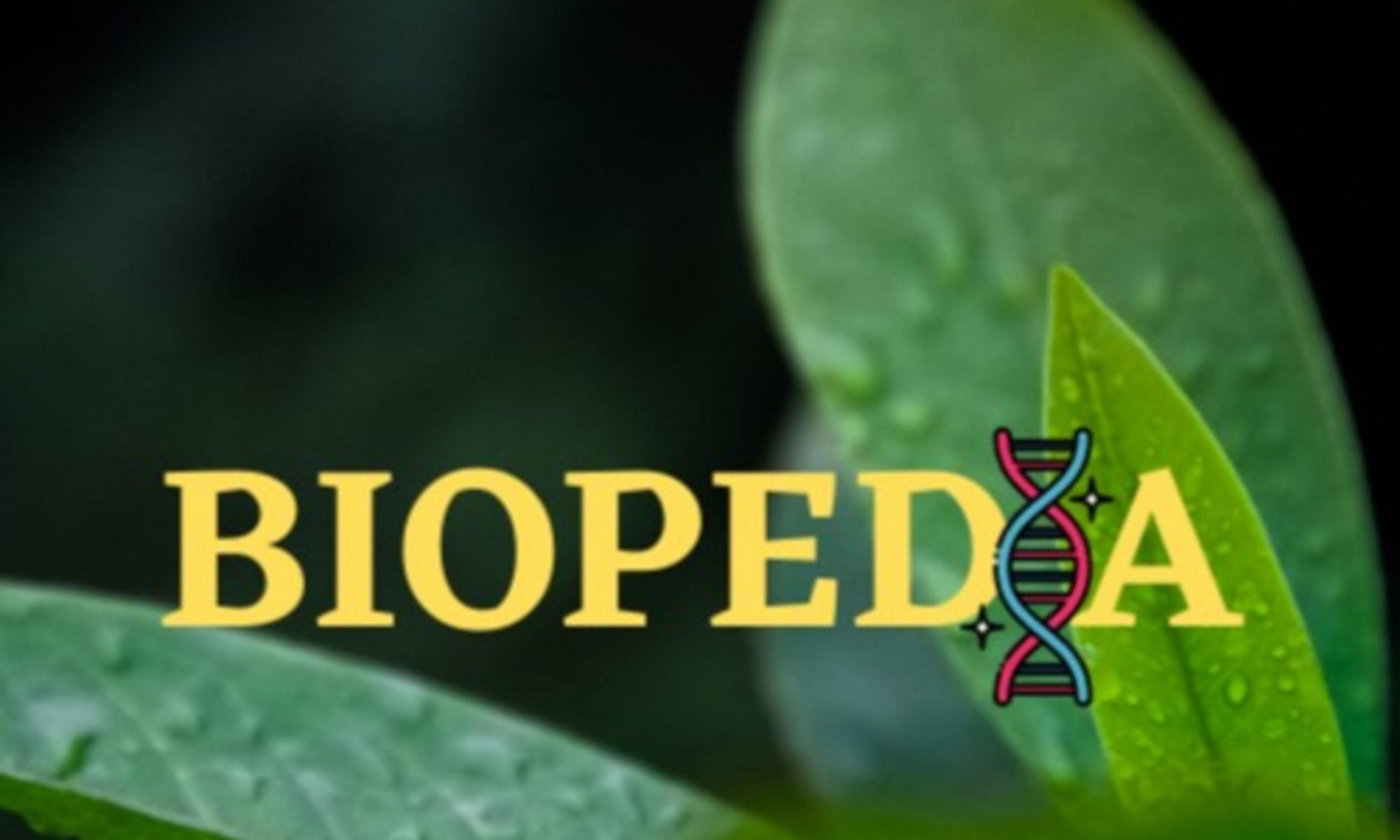Photosynthesis has proven a useful tool in life’s arsenal, but it isn’t perfect. This is because one of its enzymes- RuBisCo for short- is not equipped to deal with our oxygenated world and as such sometimes creates toxic by-products which the organism then has to expend energy to deal with. However, some plants have evolved strategies to deal with this issue. Instead of simply working with vanilla-flavoured C3 photosynthesis, they have switched to alternative strategies known as C4 or CAM photosynthesis…
Sources for this episode: 1) Cain, M. L., Bowman, W. D. and Hacker, S. D. (2011), Ecology (Second Edition). Sunderland, Massachusetts, Sinauer Associated Ltd. 2) Campbell, N. A., Urry, L. A., Cain, M. L., Wasserman, S. A., Minorsky, P. V. and Reece, J. B. (2018), Biology: a global approach, 11th edition (Global Edition), Harlow, Pearson Education Limited. 3) Hirst, K. K., ThoughtCo (Updated 13/11/2019), Adaptations to Climate Change in C3, C4 and CAM Plants (online) [Accessed 27/07/2021]. 4) Thain, M. and Hickman, M. (2014), Dictionary of Biology (Eleventh Edition). London: Penguin Books Ltd.
